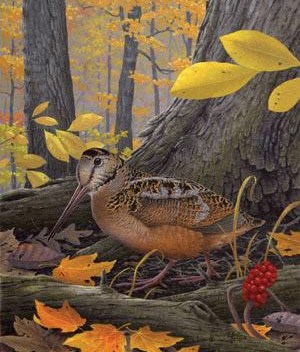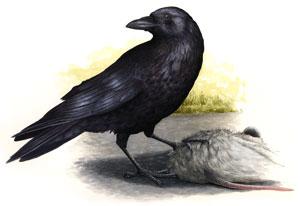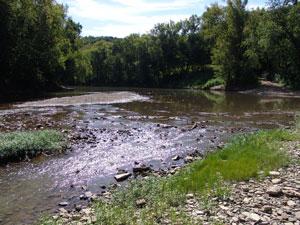
Recreation
Kentucky Afield Outdoors: Promising season ahead for Nov. 1 rabbit and quail season opener
Small game hunters should find good conditions afield and plenty of rabbits when hunting starts on Nov. 1st ... Read more

Small game hunters should find good conditions afield and plenty of rabbits when hunting starts on Nov. 1st ... Read more

Hunting strategies are different, calling is not as critical to success, and birds are often in big flocks, ... Read more

The courtship flight of the American woodcock is a harbinger of spring, but when the weather warms up ... Read more

They are just as likely to be eating scraps of fast food on a mall parking lot as ... Read more

The Licking River derives its name from the many salt springs and licks that attracted extinct prehistoric beasts ... Read more
The Kentucky Fish and Wildlife Commission proposed the 2010-2011 waterfowl seasons, established an elk archery and crossbow season ... Read more

The foggy, dewy mornings presage the coming of fall. Crispness lingers in the pre-dawn air, making a tee ... Read more

Picking the right entry and exit route to your treestand or ground blind might be more important to ... Read more
Dates are now set for the waterfowl blind drawings for the Doug Travis, Lake Barkley, Barren River Lake ... Read more
Registration begins next Monday, Aug. 16, for the mentor/youth dove hunts on Saturday, Sept. 4. Those interested in ... Read more